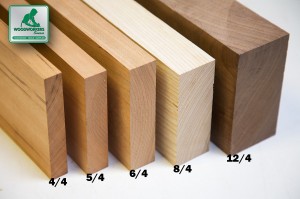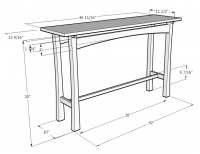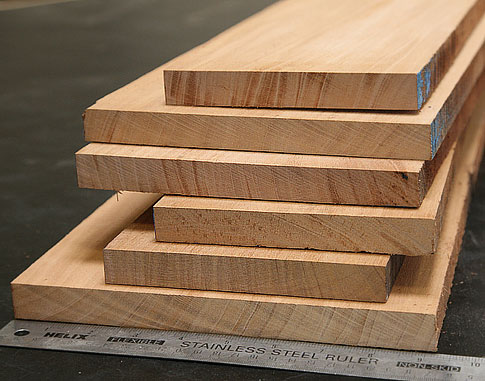
$17.00 ea.
mix/match strips and squares
(48 U.S. Ground)
Delivery & Pick-Up Options
Log in to see delivery dates
Ready NEXT DAY - Tempe, Phoenix or Tucson
Schedule it during checkout
Why Choose E. Indian Rosewood?
East Indian Rosewood captivates with its deep, opulent hues of dark brown and purple, and its mesmerizing grain patterns. Renowned for its exceptional density and durability, it offers unparalleled tonal richness, making it the wood of choice for exquisite musical instruments and luxury furniture. Its natural luster and velvety finish elevate any piece, transforming ordinary projects into masterpieces.
Get ready to work with the finest wood squares you've ever seen, they're ready to be turned into whatever you can imagine, such as furniture parts, table legs, small accessories, handles, artwork and other fine woodworking projects.
| Thickness | 2" (≈ 2" approx) |
| Width | 2" |
| Length | 12", 18", or 30" |
| Grade | Air dried and end-waxed |
Woodworkers Also Recommend These
4.42
lbs /Bd. Ft.Wood Texture
Ease of Finishing
Dark purple to dark brown with black lines
A straight trunk that's clear usually 30 to 50 feet. Overall height reaches 75 feet under normal conditions, but can be as tall as 100 feet. The diameter grows to 30 inches.
Bombay blackwood, East Indian rosewood, Indian palisandre, Indian rosewood, Java palisandre, Malabar, Shisham, Sitsal, Sonokeling
Cabinetmaking, Marquetry, Musical instruments, Tool handles, some furniture parts, decorative items.
The Joys of Building with Great Woods
Understanding hardwood lumber starts right here with these wacky fractions.
If you're expecting perfect clear lumber 100% of the time, you're in for a surprise. Here's a summary of the hardwood lumber grades and what to expect from them.
Board feet isn't your everyday kind of math, but these three simple steps make it easy to figure out your project.
Here's a handy (and free) Excel worksheet that helps you estimate the lumber needs for your project.
Are woods poisonous? Hazardous to use in cutting boards or baby cribs? Find out here.
Wood is like a sponge, and it's always in a state of absorbing or releasing moisture to stay equalized with its environment. The problem with that is it also swells and shrinks. Here's what you need to know to protect your project.















